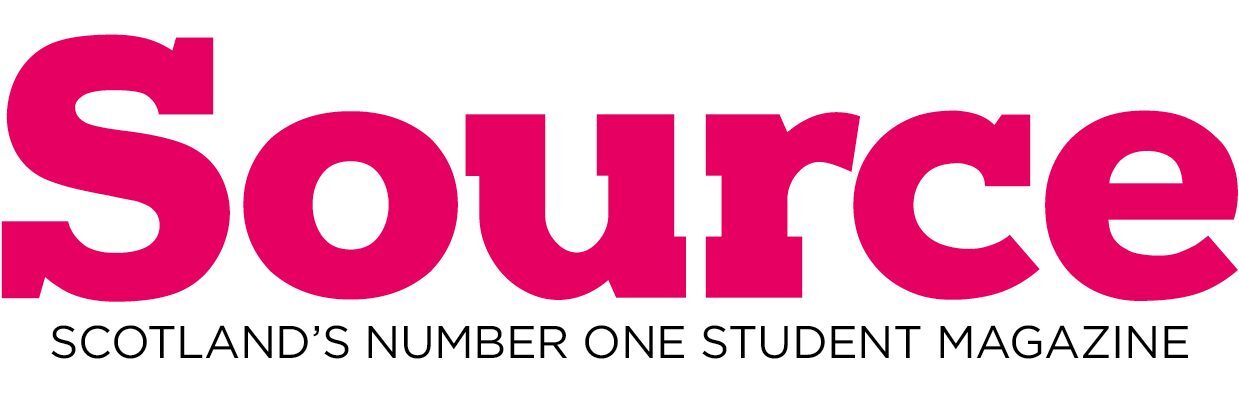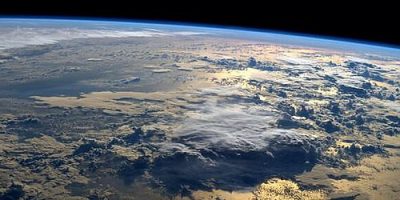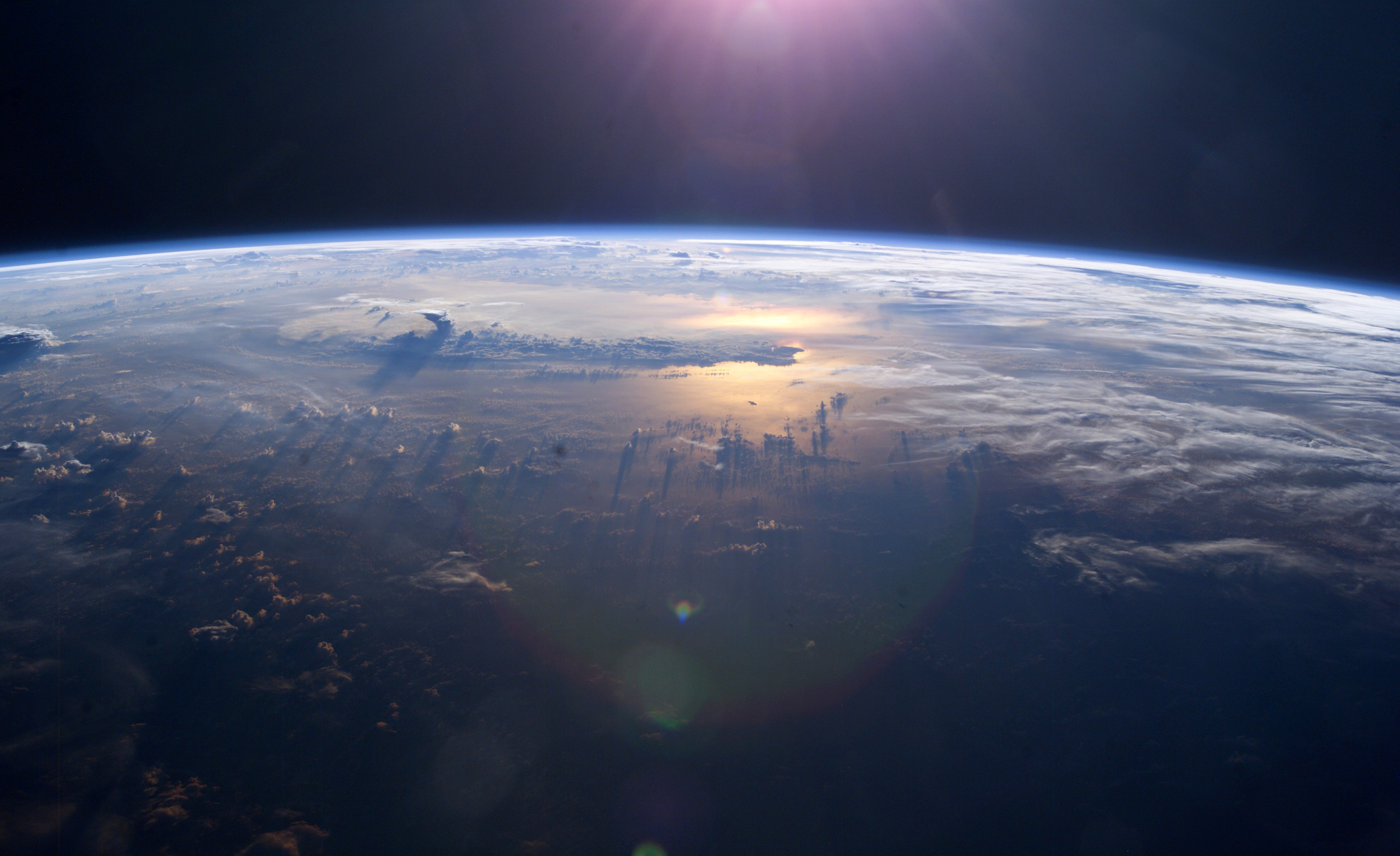
From 4-10 October every year, various parts of the world including Europe, Asia and the Americas celebrate World Space Week. It is an annual event officially defined as “an international celebration of science and technology, and their contribution to the betterment of the human condition.”
More than 1,400 events will be taking place in 80 countries to celebrate everything to do with space exploration.
This year’s theme is Discovery which aims to highlight the incredible era of deep space discovery that we are living through. Space telescopes, deep space probes and several interplanetary satellites and landers have shown us the magic, wonders and opportunities of new worlds beyond our atmosphere. Exoplanets, distant galaxies and landings on planets, moons, asteroids and comets teach us about the origins of the universe and the amazing places we might be able to explore in the future. Space is all about discovery!
To coincide with Space Week, we’re celebrating Tim Peake, the European Space Agency’s first British Astronaut who is about to embark on a six-month mission to the International Space Station. Tim is a former test pilot and British Army corps officer who graduated from the University of Portsmouth with a Bachelor’s degree in flight dynamics and evaluation. In 2009 he beat 8,000 other applicants to role as an ambassador for UK science and space-based careers. He will be the first astronaut to represent Britain in space for 20 years! The past six years have been spent rigorously training for the experience of living in space and to simulate the experience.
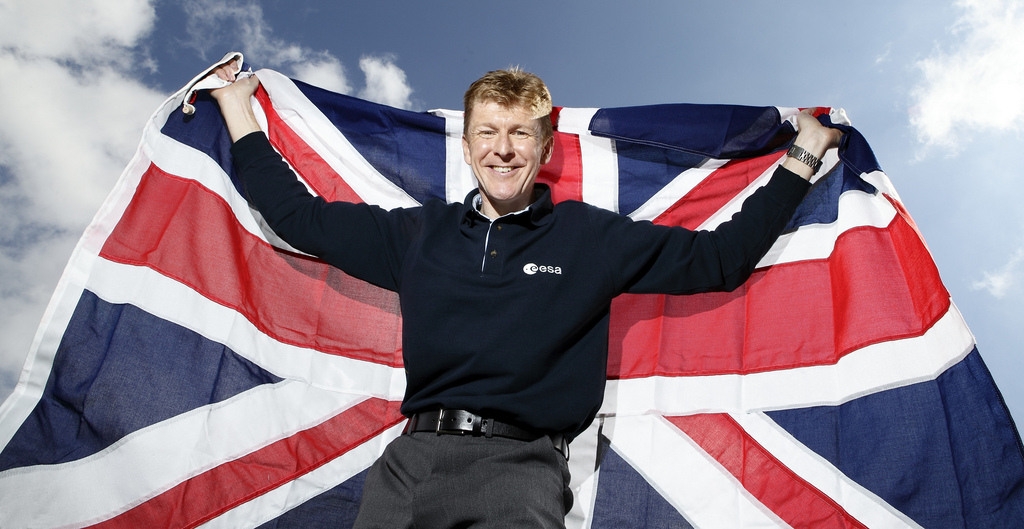
In 2011, Tim received the Eurocom certification which allows him to be responsible for communication between astronauts in orbit and Europe’s mission control centre. The same year he lived with five other astronauts underground for a week exploring a cave system in Sardinia with the focus on human behaviour and performance in extreme environments. The next year he spent 12 days 20 metres deep in the ocean off the coast of Florida for NASA’s Extreme Environment Mission Operations, or NEEMO. NEEMO allows space agencies to test technologies and conduct research for future missions. Tim’s mission focused on developing the tools, techniques and procedures required for a crewed mission to an asteroid. The same year he completed training for spacewalks using the Russian Orlan spacesuit and the US Extravehicular Mobility Unit (also a suit, just a fancy name).
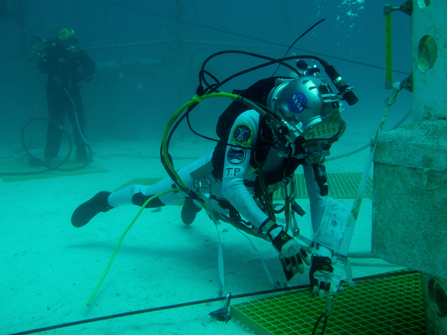
Tim is involved in working with the UK Space Agency in developing the UK’s microgravity research programme and is keen to promote science and engineering as career possibilities for school pupils and students.
He is currently based at ESA’s European Astronaut Centre in Cologne, Germany and is training for his Principia mission, a long-duration flight to the International Space Station at the end of November.
To highlight the wonders of space exploration, Glasgow’s Science Centre has a fantastic programme of activities and invites budding astrologists, astronauts and space enthusiasts to Stargaze in their world-class digital planetarium or watch the incredible process of a rocket launch in their science show theatre. You can try on space suits and chat with experts about how research in Scotland is helping unlock secrets of the universe.
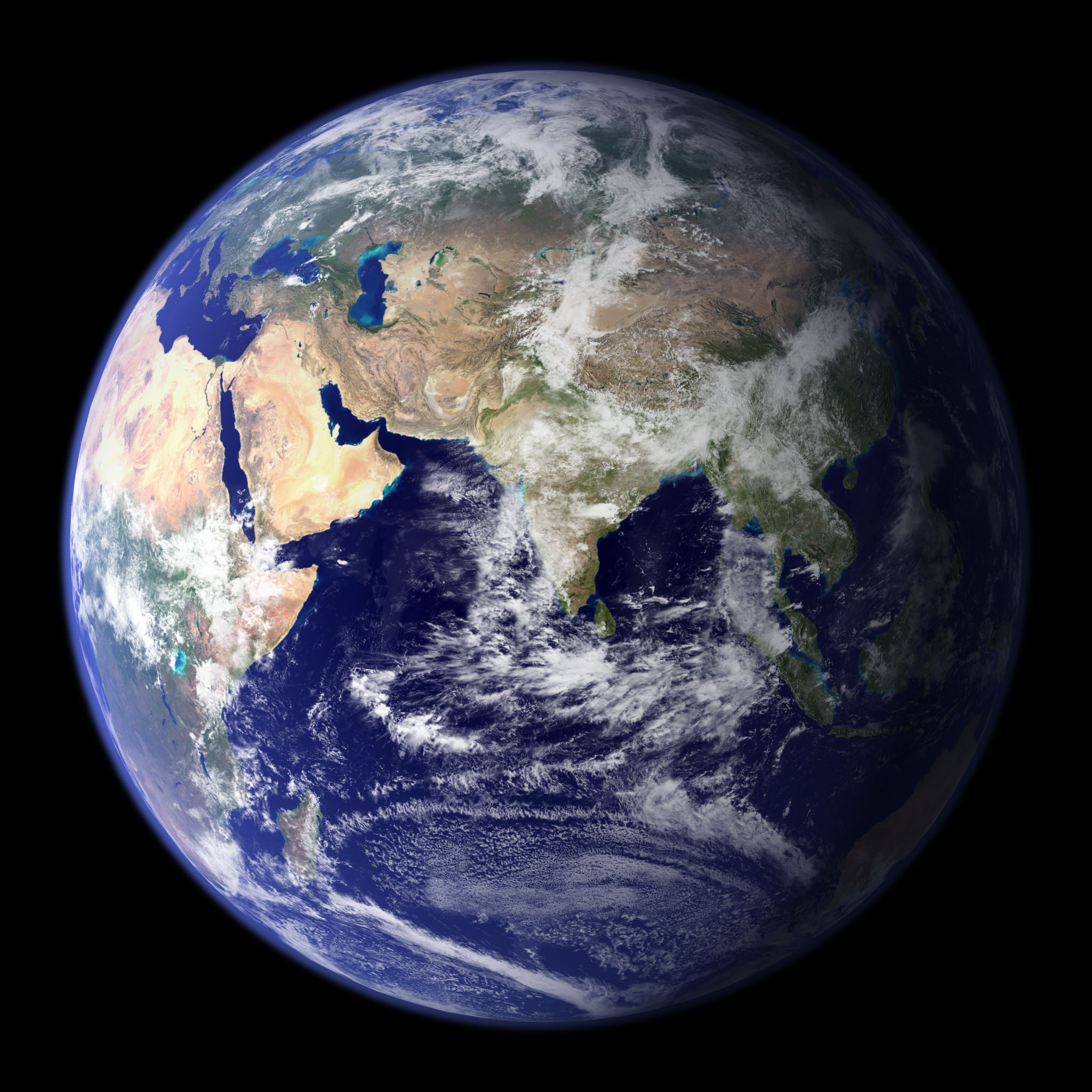
To get a real feel for how far the human race has come, go and see Hidden Universe 3D at the IMAX. Hidden Universe is an incredible 3D show which thrusts the audience deep into space using close up images captured by the world’s most powerful telescopes. The deepest reaches of the universe are brought to life with unbelievable clarity. Fascinating high-resolution images allow viewers to explore the earliest galaxies, watch stars being born in vivid clouds of gas and dust, tour the surface of Mars, and witness images of distant celestial structures including stunning views of the sun. This is the first time these images have been available for IMAX and in the incredible cinematography and dramatic new images offer fresh insight into the origins and evolution of the universe. Click here to find out more.
For World Space Week, the public were invited to submit their idea for a poster with the theme of ‘discovery’ and the winner was Mr. Alec Bartos from Romania who used an explorer’s footprints over the milk way, perfectly reflecting the spirit of discovery.
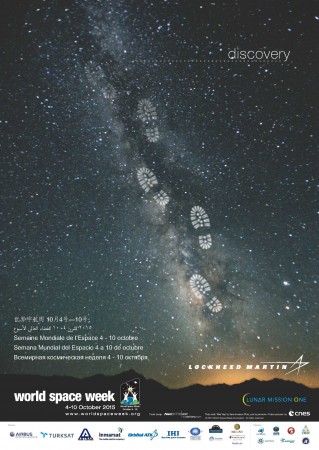
So if The Martian’s got you excited about all things out of this world, embrace what Space Week has to offer and start discovering more about the world beyond Earth’s parameters! Who knows? You could wind up joining Tim in outer space…
Keep up with the action by following @worldspaceweek on Twitter and take a look at what Tim’s been up @astro_timpeake
